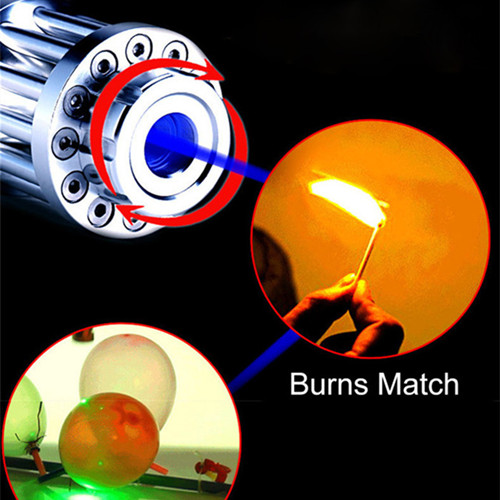The irradiation point of the laser pointer depends not only on the output and apparent brightness of the laser reflected from the surface, but also on the color version of the human eye. For example, the human eye is most sensitive to wavelengths in the visible spectrum between 520 nm and 570 nm, but less sensitive to red and blue laser wavelengths. Therefore, the 532 nm green laser is brighter than other color lasers with the same output power. To avoid accelerated laser aging, do not operate the laser pointer at an ambient temperature as high as 35 degrees Celsius or below 0 degrees Celsius. The continuous use time of the laser pointer should not exceed 2 minutes in winter and 1 minute in summer to prevent aging. If you do not use it for a long time, be sure to remove the battery. Place the laser pointer in a moisture-proof and anti-static location.

In astronomical research, laser enthusiasts or astronomers may use Class IIIa 532nm 5mw crow-driving laser pointer for star observation. This type of Laser Pointer is widely used by astronomers to point at stars, constellations and other celestial bodies. The green laser beam is only visible in a very dark operating environment. Astronomical observers do not have to choose high-power lasers. The blue laser pointer was originally manufactured by a 473 nm DPSS blue laser, which is very expensive and unstable. With the development of CASIO, including a high-brightness projector hybrid light source made of 445nm blue laser diodes, an ultra-high-power 445nm portable laser has been developed and widely used.
